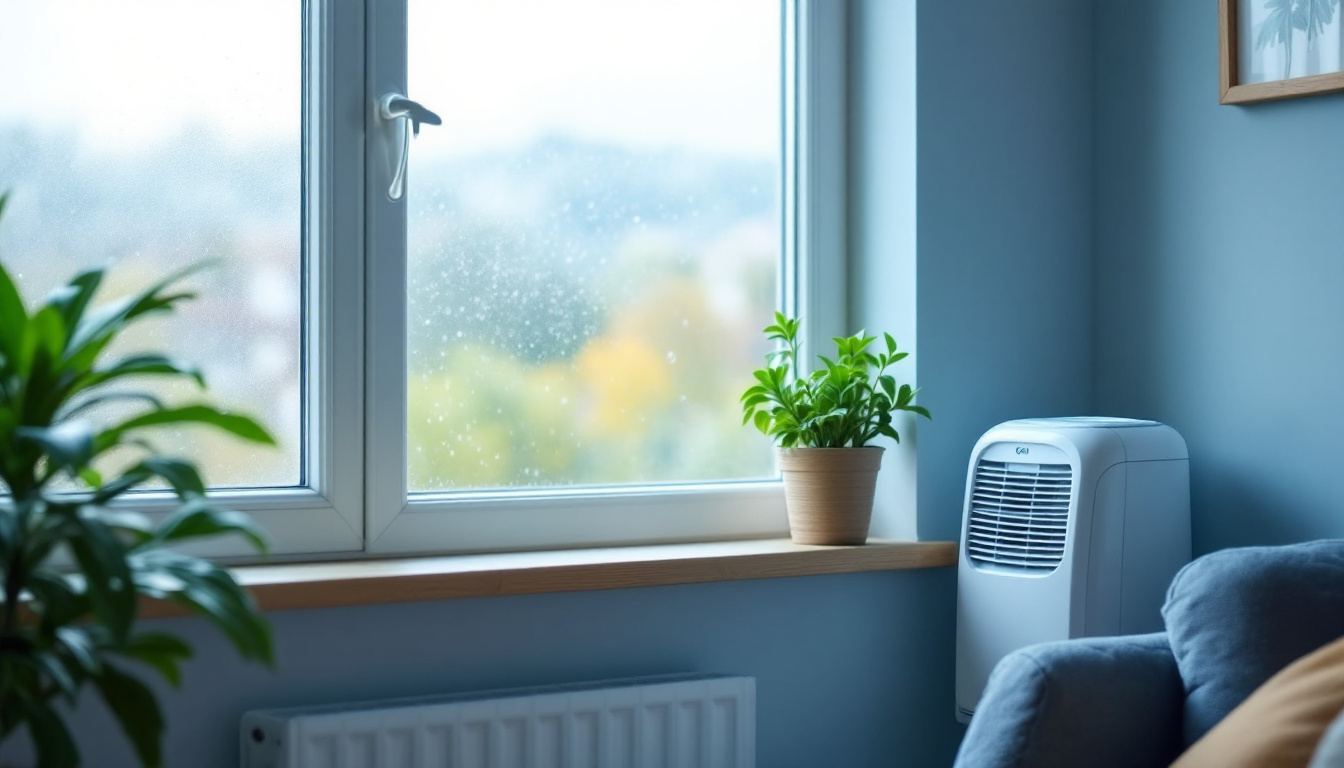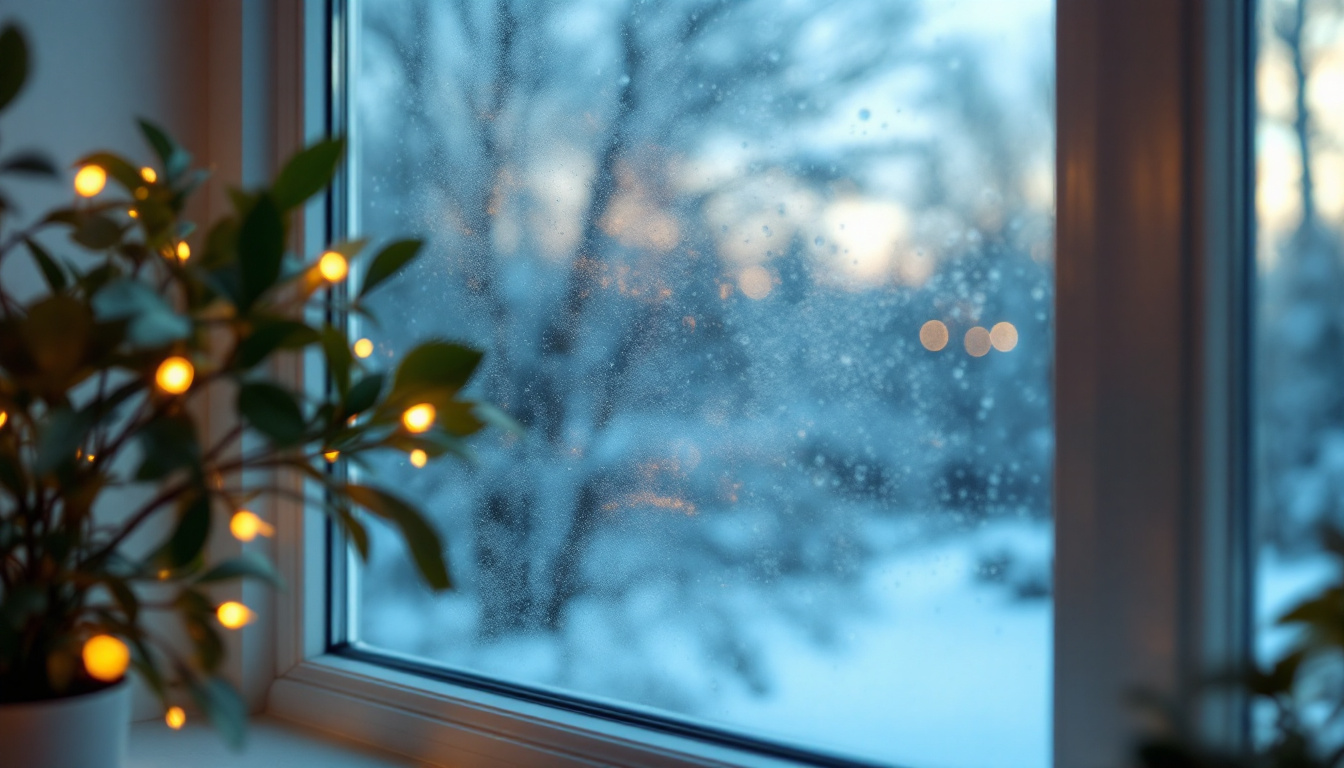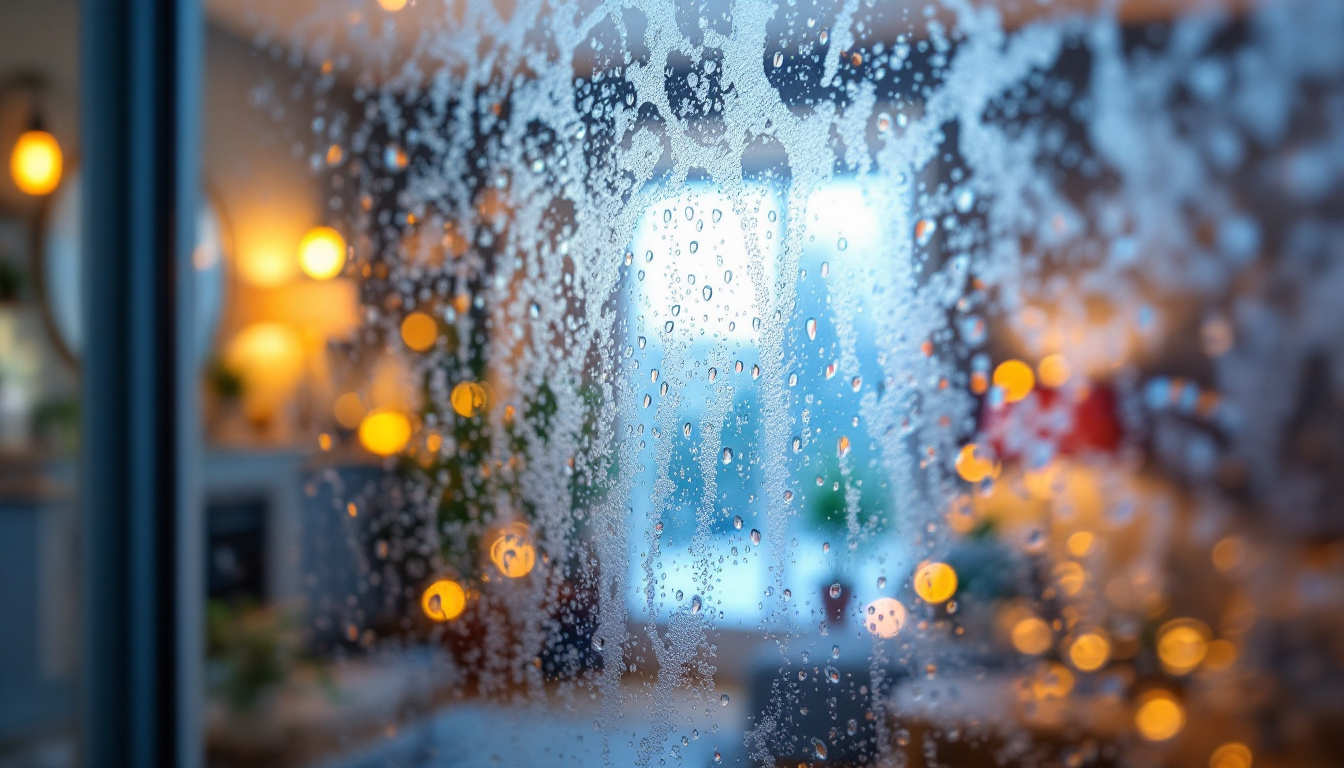Residents of Essex County often face the challenge of window condensation, a common issue that can lead to various problems if not addressed. Understanding the causes and implementing effective solutions can help homeowners maintain a comfortable and energy-efficient living environment. This article explores the reasons behind window condensation and offers practical solutions to mitigate its effects.
Understanding Window Condensation
Window condensation occurs when moisture in the air comes into contact with a cold surface, such as a window pane, causing water droplets to form. This phenomenon is particularly prevalent in Essex County due to its fluctuating climate, which ranges from cold winters to humid summers.
Causes of Window Condensation
Several factors contribute to window condensation, including indoor humidity levels, temperature differences, and the type of windows installed. Understanding these causes is crucial for implementing effective solutions.
Indoor Humidity Levels
High indoor humidity is a primary cause of window condensation. Activities such as cooking, showering, and even breathing contribute to increased moisture levels inside the home. When this moisture-laden air comes into contact with cooler window surfaces, condensation forms.
Temperature Differences
Temperature differences between the inside and outside of a home can exacerbate condensation issues. During colder months, the warm air inside the home meets the cold window surfaces, leading to the formation of condensation. This is a common occurrence in Essex County, where winter temperatures can drop significantly.
Type of Windows
The type of windows installed in a home can also impact condensation levels. Older, single-pane windows are more prone to condensation compared to modern, double or triple-pane windows with insulating properties. These advanced windows help maintain a consistent temperature on the glass surface, reducing the likelihood of condensation.
Solutions to Window Condensation
Addressing window condensation involves a combination of reducing indoor humidity, improving ventilation, and upgrading to energy-efficient windows. Implementing these solutions can significantly enhance the comfort and energy efficiency of a home.

Reducing Indoor Humidity
Lowering indoor humidity levels is a key step in preventing window condensation. This can be achieved through the use of dehumidifiers, which extract excess moisture from the air. Additionally, homeowners can reduce humidity by ensuring proper ventilation in areas prone to moisture, such as kitchens and bathrooms.
Improving Ventilation
Proper ventilation is essential for maintaining healthy indoor air quality and preventing condensation. Installing exhaust fans in high-moisture areas and ensuring that vents are unobstructed can help circulate air and reduce humidity levels. Opening windows periodically to allow fresh air to enter the home can also be beneficial.
Upgrading to Energy-Efficient Windows
Investing in energy-efficient windows is a long-term solution to window condensation. Modern windows with double or triple glazing and Low-E coatings provide superior insulation, reducing temperature differences and minimizing condensation. These windows not only enhance comfort but also contribute to energy savings by improving the home’s overall thermal performance.
Benefits of Addressing Window Condensation
Taking steps to address window condensation offers numerous benefits, including improved indoor air quality, enhanced comfort, and reduced energy costs. By understanding the causes and implementing effective solutions, homeowners can create a healthier and more energy-efficient living environment.
Improved Indoor Air Quality
Reducing window condensation helps prevent the growth of mold and mildew, which thrive in moist environments. This leads to improved indoor air quality, reducing the risk of respiratory issues and allergies for occupants.
Enhanced Comfort
Addressing condensation issues enhances the overall comfort of a home. By maintaining consistent indoor temperatures and reducing drafts, homeowners can enjoy a more pleasant living environment throughout the year.
Reduced Energy Costs
Energy-efficient windows and proper ventilation contribute to lower energy consumption. By minimizing heat loss in winter and reducing the need for air conditioning in summer, homeowners can achieve significant energy savings, leading to lower utility bills.
Conclusion
Window condensation is a common issue in Essex County, but with the right knowledge and solutions, homeowners can effectively manage and prevent it. By understanding the causes and implementing strategies such as reducing indoor humidity, improving ventilation, and upgrading to energy-efficient windows, residents can enjoy a more comfortable, healthy, and cost-effective living environment.

Don’t let window condensation dampen the comfort of your Essex County home. At Better Window and Door, we’re the experts who can elevate your living space with tailored solutions. Connect with us to explore how our personalized services can resolve your condensation concerns and enhance your home’s efficiency. Get a custom quote today, and we’ll respond promptly to start the journey toward a clearer, more comfortable view.



